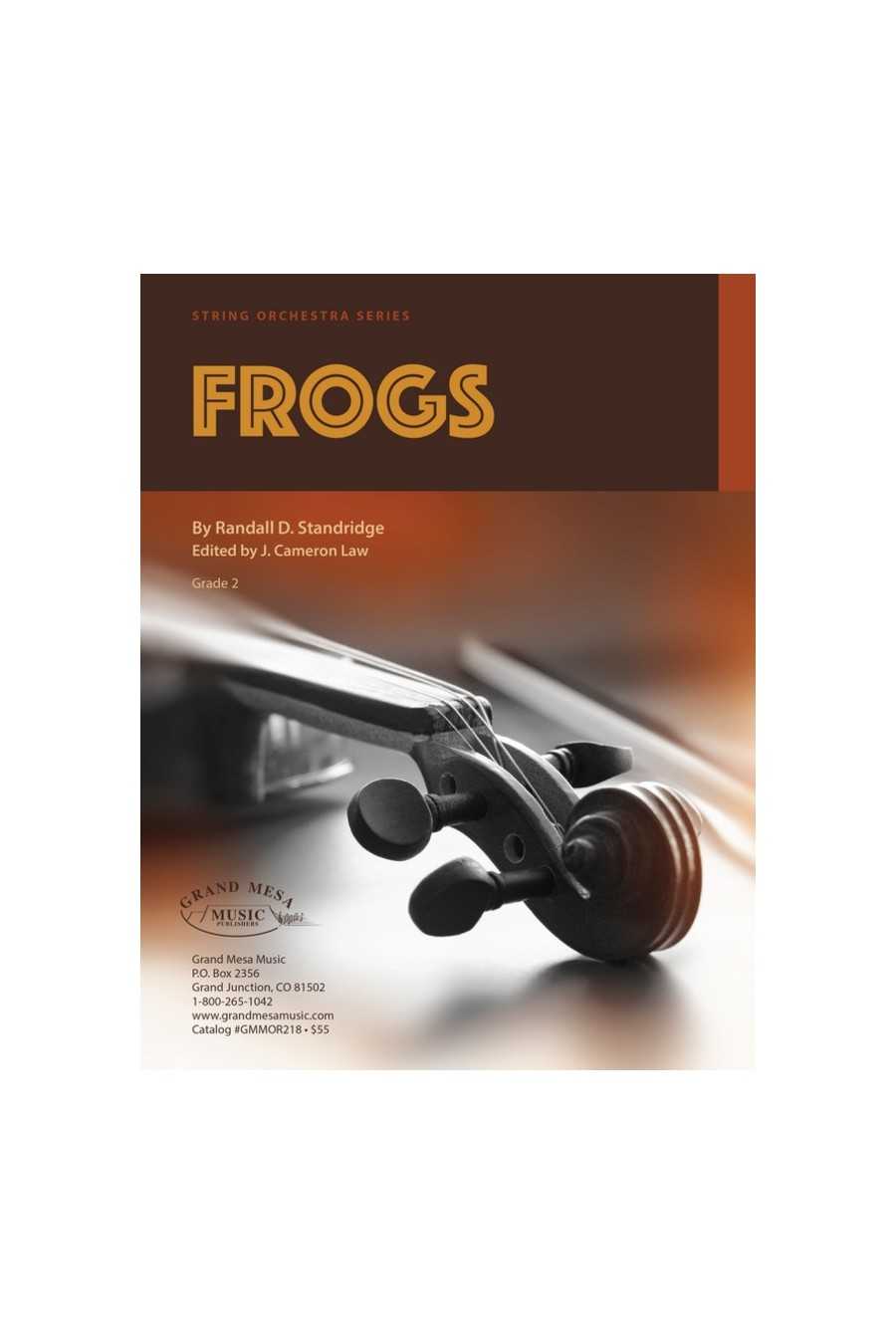

Inspired by the gift of a frog guiro as well as the works of Percy Grainger, composer Standridge has created a delightful aural visit to an imaginary pond. In creating this “amphibious” work, the composer has used melodies that involve small “leaps” representing the frogs jumping about in their pond, trills representing buzzing insects, and of course the above-mentioned frog guiro. Your students and audience will revel in the delightful aural painting of the life of a pond. (3:00)
From its opening chords to its strong finish, Drive races forward, alternating between syncopated rhythms and soaring melodies. Beginning in the key of A minor, two opposing melodic patterns emerge. The use of silence becomes an effective change of pace as the piece modulates to B minor, recapping familiar motives to a lively finish with all forces at fortissimo! (3:22)
This whimsical Khachaturian theme is perfect for teaching intervals and chromatic fingerings. Violas use half position, and first violins will shift to third position. Cellos and violas are featured in the second theme, and this abridged arrangement omits the middle section. A more advanced full transcription for string orchestra is also available. (355152)
The “Spitfire” was a single-seat fighter airplane successfully used by the Allies in World War II against the German Luftwaffe. With its rhythmically-charged parts for every member of the orchestra and dynamic percussion parts, the composer has created an exhilarating musical evocation of the daily life of a fighter pilot taking part in the Battle of Britain. Use this exciting work to add some variety and “zing” to your orchestra concert! (3:10)
This classic work was adapted/extracted from a larger scored work that Joseph Haydn wrote while in the service of Prince Nicholas Esterhazy. The original work contained a number of wind parts that in this arrangement have been excluded, but this fine arrangement works beautifully nonetheless as a string-only work. Playing the Rondo-Finale will introduce your students to the well-proportioned pleasures of Classical music, as well as the rondo form. (3:22)